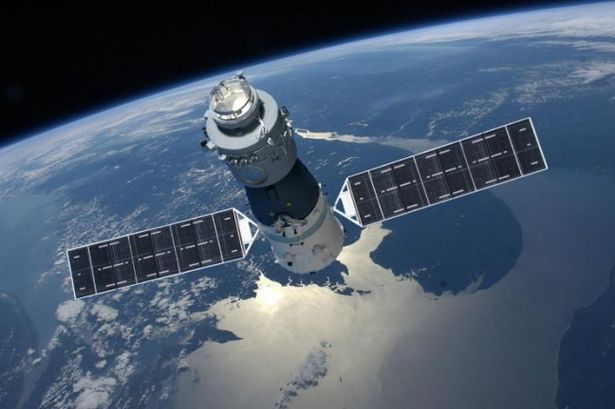China’s Tiangong-1 Space Station’s Potential March Crash-Landing Shaping Up As ‘PR Embarrassment’.
China lost control of its 8.5-tonne Tiangong-1 space station last year as it “ceased functioning”.
Now it is zooming towards Earth, and a date has been set by when it will have slammed into our planet’s surface.
And more worryingly, a map of potential strike zones has revealed just how devastating its impact could be.
Cities such as New York, Los Angeles, Madrid, Beijing and Hong Kong are at risk at being struck by the space lab.
But as the spaceship will fall through our atmosphere at break-neck speed, most of the craft will have burned up by the time it hits.
Although even small parts weighing up to 100kg could make it and cause chaos.
It is due to drop from the sky by the end of March 2018, and is already falling at this very moment.
On Christmas Eve the craft, called Tiangong-1, was 286.5km (178 miles) up, compared with 348.3km (216 miles) in March 2017.
“They (China) have a PR embarrassment on their hands,” Jonathan McDowell, an astrophysicist at the Harvard-Smithsonian Center for Astrophysics, told CNN.
“The actual danger is small, but it is accepted international best practice nowadays that objects that big shouldn’t be able to fall out of the sky in this manner.”
He added: “The worst realistic case is that the Tiangong-1 reenters over a highly populated area, and a few largest chunks hit the ground, with perhaps some minor property damage.
”But this has never happened in the 60-year history of reentering space debris. The chances are small.”
The most likely scenario is the craft will crash into the sea, with the odds of debris hitting a human is less than one in one trillion.
The UK and Canada have escaped being in the line of danger, according to experts who have drawn up a list of potential strike zones.
The zone goes as far north as New York and Madrid, and as far south as Rio de Janeiro and Cape Town.















